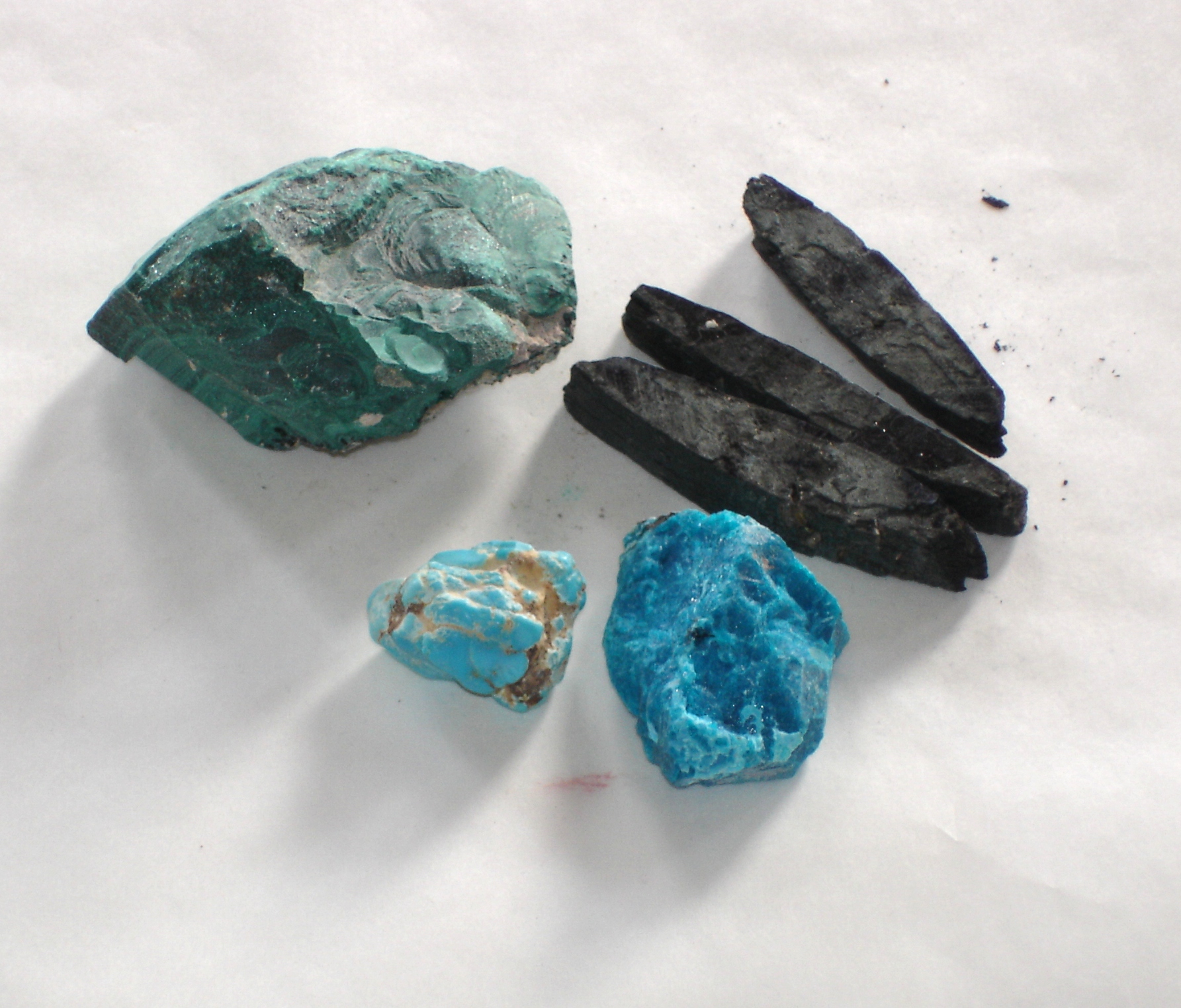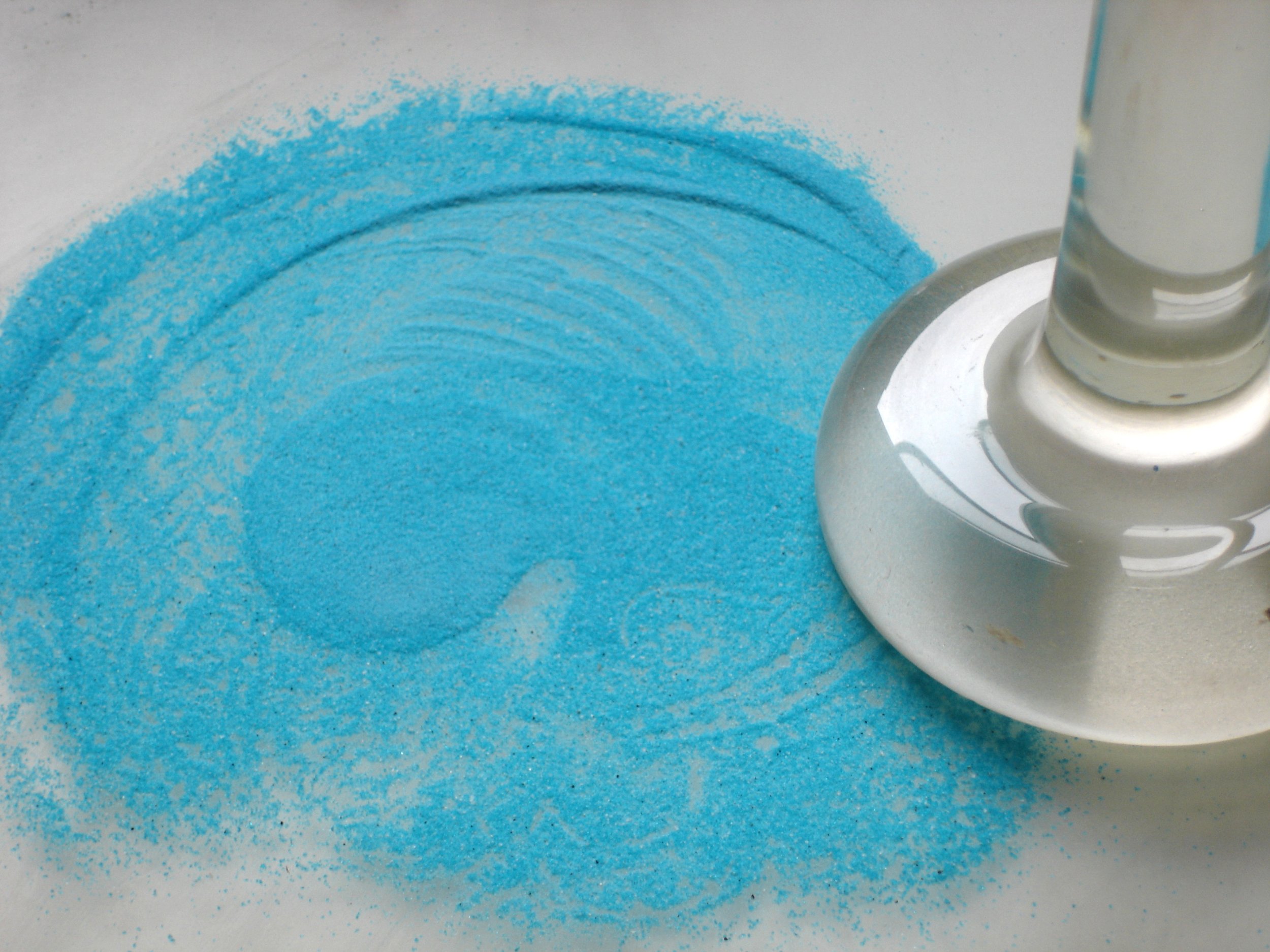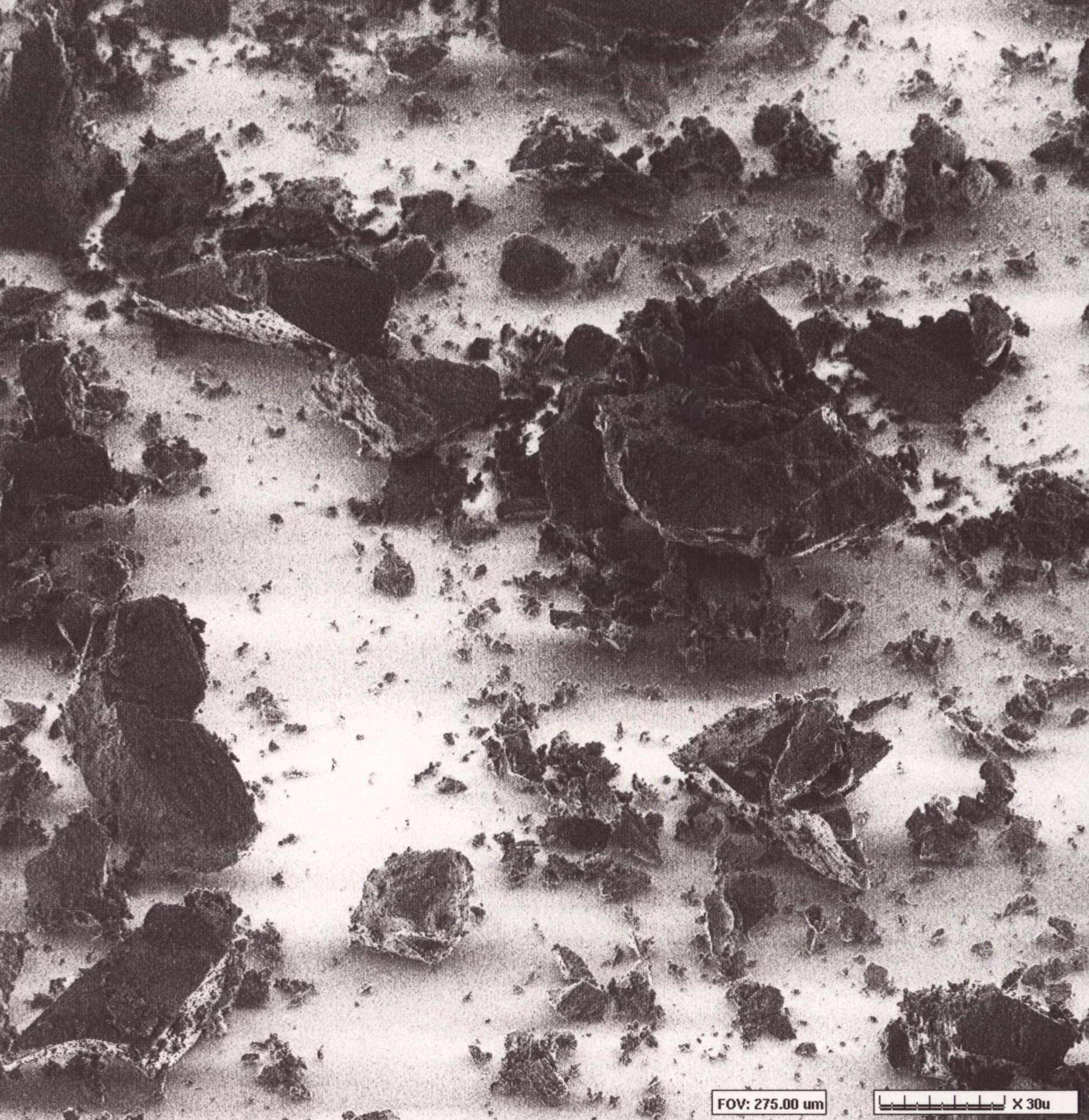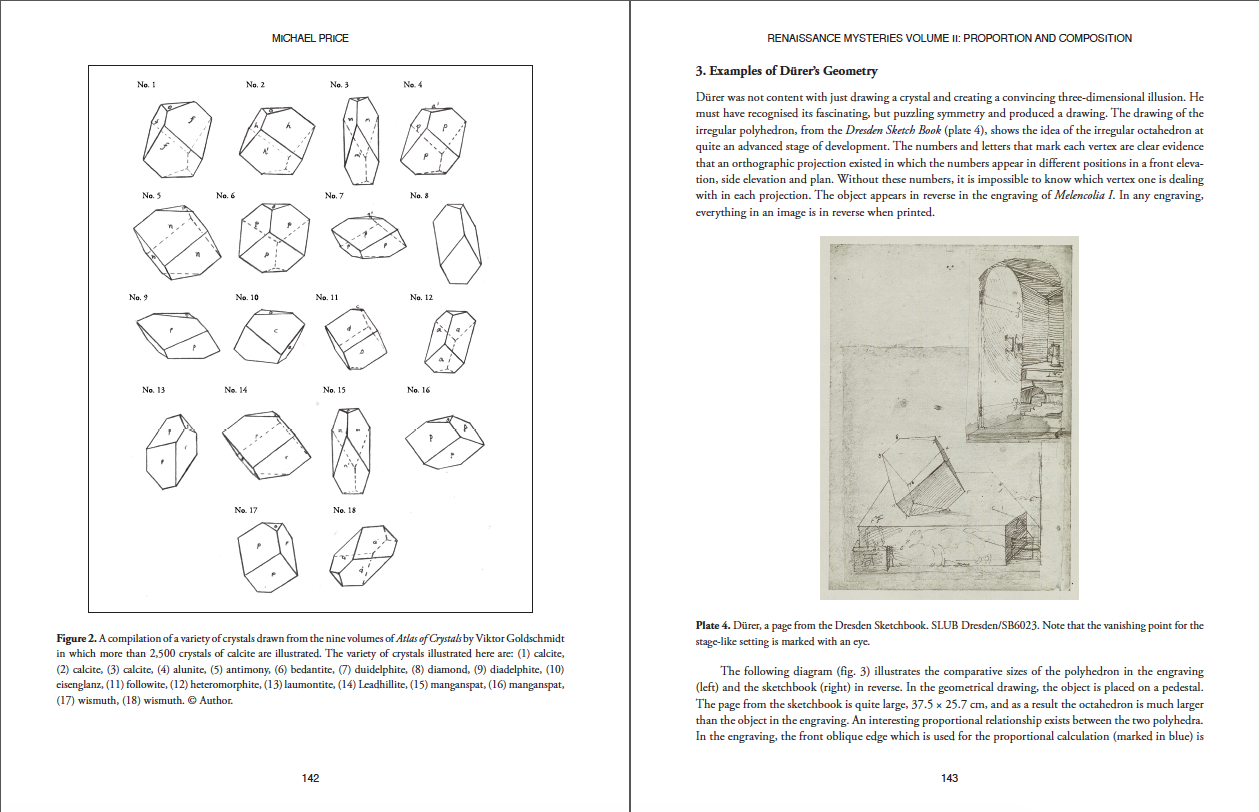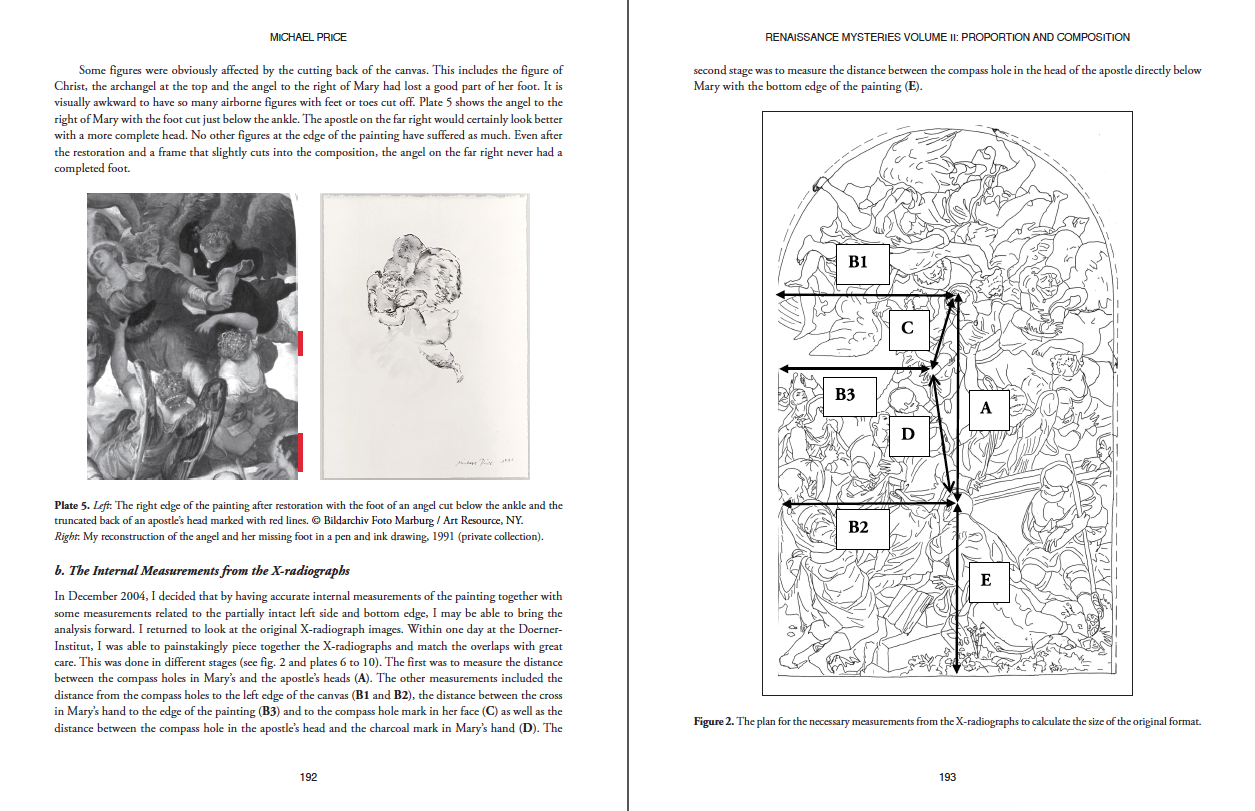The Book
Renaissance Mysteries
The two volumes are an in-depth examination of a lost painting tradition. The books examine how the physical properties of natural and mineral pigments such as azurite, lapis lazuli, malachite, or cinnabar used by artists of the European Renaissance shaped a painting process in which each painting required a thorough plan or composition which began with the geometry of the format (i.e. the proportion of height to width of a rectangle).
Volume I
Volume I presents the artist as a painter-craftsman with the preparation of natural colour from rocks and crystals and their application in appropriate binding mediums. The difference in colour quality between natural mineral pigments and modern synthetic paint is examined. Chapters include comprehensive step-by-step instruction for the contemporary artist and conservation scientist on how to prepare and paint with the incomparably luminous colours of the Renaissance palette, as well as the preparation of historical painting supports and grounds.
Volume II
Volume II, the artist as a creative intellectual, links the painter’s craft with the creative process and elucidates the degree of compositional planning starting with the painting’s rectangular format. The demonstrated evidence for the application of Euclidean geometry is based upon exact measurements of painted surfaces on panels, X-radiographs, and infrared images from paintings. The final chapter concludes with the reasons for the demise of this painting tradition and how industrialization and the standardization of art materials led to a new painting tradition from the nineteenth century.
“It is a tempting pleasure to follow Michael Price - artist and Renaissance man - on his quest for the work process in the artist’s studio of the past and the use of nowadays forgotten pigments. Opening fascinating vignettes, this two volume compendium will take the reader deep into the secrets of the Old Masters. It is a time machine with unexpected insights for today’s painter’s practice.”

